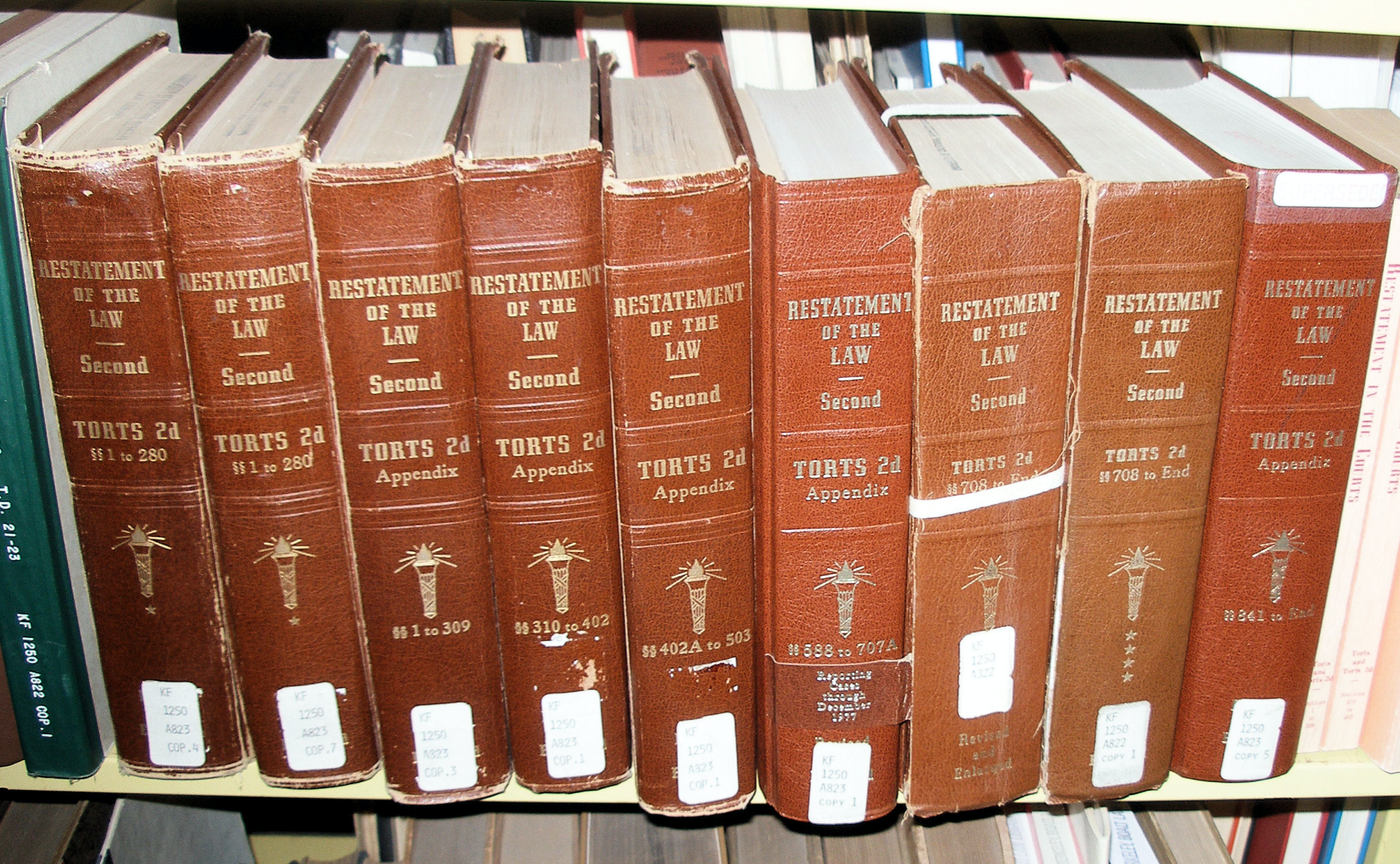Mass torts serve as a reminder of the vital role legal professionals play in upholding justice and ensuring that large corporations are held accountable for their actions.
In the realm of civil litigation, the term ‘mass tort’ can seem complex and intimidating. However, it’s a concept that impacts thousands of people, often in ways they might not even realize.
Are you somebody who is interested to read more about current mass torts news? You have come to the right place. Today, we aim to demystify the term, diving deep into the world of mass torts and their function in our legal system.,
Understanding Torts
To comprehend mass torts, it’s necessary to first understand what a ‘tort‘ is. In legal terminology, a tort is a civil wrong that causes harm or loss, resulting in legal liability for the person who commits a tortious act. This could range from instances of negligence, like a car accident, to intentional harm, like assault.
What is a Mass Tort?
A mass tort is a civil action involving numerous plaintiffs against one or a few corporate defendants in state or federal court. The term is often used to describe lawsuits with a large number of plaintiffs, where each has similar claims resulting from the defendant’s wrongdoing. These cases can involve pharmaceutical drugs, consumer products, mass disasters, fraud, and other situations where many people are harmed in a similar way by the same entity.
The Genesis of Mass Torts
Mass torts have become a prevalent part of the legal landscape over the past few decades, primarily due to the rise of consumer class actions. As corporations expanded and technology advanced, the potential for widespread harm also increased. Incidents like the infamous Dalkon Shield litigation in the 1970s and the Agent Orange litigation in the 1980s brought the concept of mass torts into the mainstream legal discourse.
Class Action vs. Mass Torts
It’s crucial to differentiate between class actions and mass torts, though they may seem similar. In a class action, numerous plaintiffs with similar claims are treated as one entity. In contrast, a mass tort treats each plaintiff as an individual, acknowledging that while their claims may be similar, each person may have experienced different degrees of harm and thus may be entitled to different compensation.
Types of Mass Torts
There are three primary types of mass torts: mass disaster torts, toxic torts, and product liability torts.
- Mass Disaster Torts occur when many individuals are harmed in a single, catastrophic event, like a plane crash or a building collapse.
- Toxic Torts involve harm caused by exposure to dangerous substances, such as harmful chemicals or pharmaceutical drugs.
- Product Liability Torts arise when a defective product, such as a vehicle or medical device, causes widespread harm.
The Process of a Mass Tort
A mass tort begins when an attorney identifies a product or action that has harmed multiple people. The process involves complex legal procedures and multiple phases, including investigation, filing, pre-trial, settlement negotiations, trial, and appeal.
The Importance of Mass Torts
Mass torts play a crucial role in holding large corporations accountable. By combining their resources, plaintiffs can match the legal firepower of powerful defendants. Additionally, mass torts often bring attention to harmful products or practices, driving regulatory changes and preventing further harm.
Challenges in Mass Torts
Mass torts come with their own set of unique challenges. They often require extensive resources and can be legally complex. Differences in individual cases can complicate the litigation process, and the sheer scale can result in long, drawn-out legal battles.
Mass Torts and the Role of Lawyers

Given the complexity of mass torts, the role of lawyers in these cases cannot be underestimated. Legal practitioners specializing in mass torts must not only have a deep understanding of the law but also need expertise in managing a large volume of cases that share common characteristics.
The role of the lawyer begins with identifying a potential mass tort situation. This often involves extensive research and investigation into the matter at hand, be it a defective product, a disastrous event, or widespread exposure to a harmful substance.
Once the issue has been identified, lawyers must then coordinate the cases, filing individual claims on behalf of each client. This can be a labor-intensive process, requiring meticulous attention to detail to ensure each person’s individual circumstances are adequately represented.
In addition, attorneys play a crucial role in the negotiation process. In many mass torts, the defendant may offer a settlement to avoid a lengthy trial. Lawyers must carefully evaluate such proposals to ensure they are in the best interest of their clients.
Finally, if a settlement cannot be reached, it falls on the attorneys to represent their clients’ interests in court. This can be a demanding task, requiring not only legal expertise but also a deep understanding of the specific issue that has led to the mass tort.
In conclusion, mass torts serve as a reminder of the vital role legal professionals play in upholding justice and ensuring that large corporations are held accountable for their actions. Their commitment to their clients and their craft is essential to the successful navigation of these complex legal scenarios.


Join the conversation!